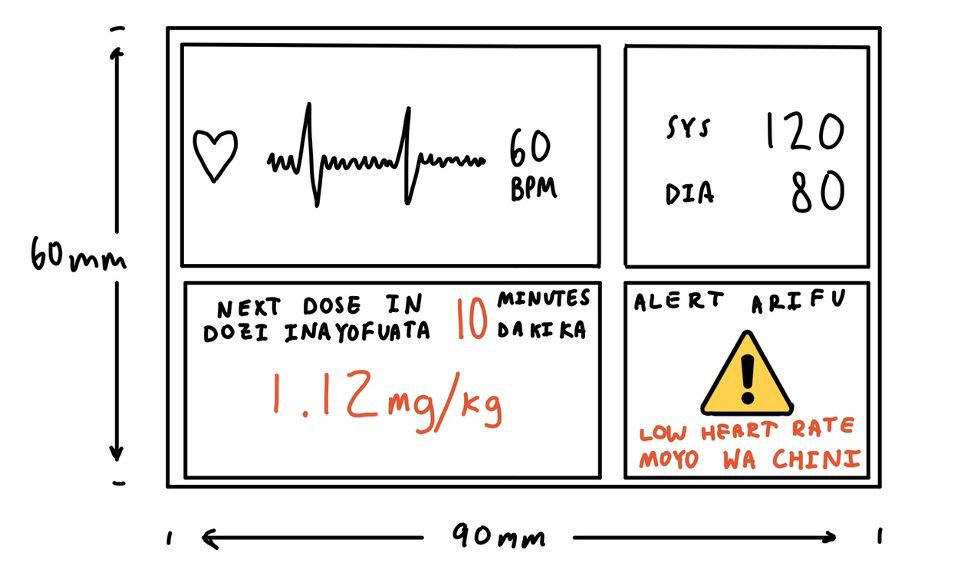GE Blog Post 10
- gellis82
- Nov 18, 2019
- 3 min read
Lessons learned from EWB
- Important to really know the culture of the area your product will be functioning in; should
investigate any potential preconceptions that might be relevant to your device
o Example: EWB developed their Biosand filter as an alternative to boiling water since
the local people believed that boiling water had a negative effect on it
- Should do your failure analysis with the people who would be using it so that they know
how to fix it after your team leaves.
- Should revisit the area after launching your product to see if it is still being used and how it
is functioning
- Pictures are much more effective than words in illustrating how to use your product
o Universally understood
Feedback from DR III
- Most of the comments were positive and constructive
- However, certain comments mentioned confusion over the killer experiment and how
exactly our product would be used
o One comment asked if the final experiment would involve ketamine
o Another asked how our device would control pumping a liquid
- Some other comments said that they wished our demo could have been more clear in
illustrating the device
- In our next presentation, we should try to:
o Be more explicit about how each component of our device would actually be used (like
the IV for ketamine delivery
o Make sure we present our demo in a way that the entire class can see and that make its
functionality more clear
Interview Transcript 1
11/12/2019
Subject: Dr. Sarah Smolik’s son
Background: Her son broke her arm when he was six or seven and had ketamine administered when they were setting it.
- When they were setting your broken arm, do you remember how they administered the ketamine and how long the procedure for your arm lasted?
o Didn’t think they did anything through the arm. He said it might have been a pill. Doesn’t know how long the procedure took.
- Your mother mentioned that you experienced some awareness and hallucinations during the operation, how long did it feel like you were awake for? Did it feel like you were drifting in and out of awareness?
o It felt like a continuous dream when he was aware, and then it felt like he woke up and the procedure was done.
- Regarding the hallucinations, did they last the entire time you were aware and were they auditory or visual?
o Lasted the entire time and were both auditory and visual. Everyone’s heads were really large, and people were speaking with high pitched voices. He remembered trying to asking the doctors questions, but nobody responded and just kept talking to each other instead. He said it felt like he was laying there for a long time.
- Do you remember experiencing any other side effects or pain during the procedure or right after waking up? Do you remember any over the course of the next few days after the procedure?
o During the procedure, he didn’t feel any pain but did also felt light-headed, similar to when you feel dizzy or nauseous. Immediately after the procedure, he felt sore. He doesn’t remember feeling any other side effects over the course of the next few days after the procedure.
- What did your recovery post-procedure look like?
o Nothing specific to the anesthesia. Was just instructions relating his broken arm.
- Did they tell you why you might have become aware during the operation? As in do you know if they might have given too little?
o He said he wasn’t sure. He knows certain doses combined with medications can make awareness more likely, but not positive why it happened in this case.


Comments